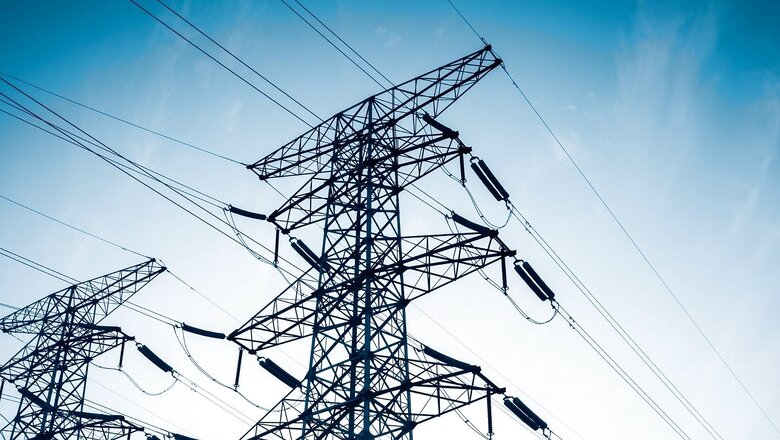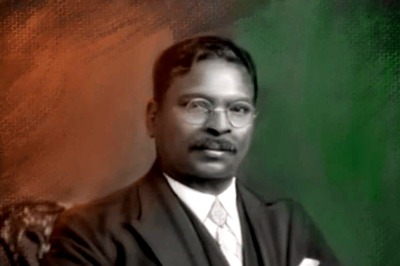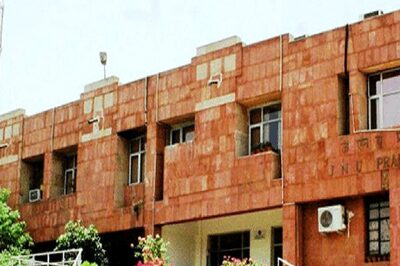
views
Many states across the country are facing power cuts with some resorting to blackouts for up to 12 hours during the hotter-than-normal summers, due to low coal availability and high demand. The power supply crisis is also being attributed to the non-payment of dues to Coal India Ltd (CIL). Recently, Power Minister R K Singh said power outages were primarily happening because states had not cleared their dues to CIL.
Power generation companies (gencos) owe about Rs 12,300 crore to state-owned CIL, whereas gencos are owed over Rs 1.1 lakh crore by power distribution companies (discoms). yet, CIL continues to supply coal to gencos and gencos continue to supply electricity to customers. However, industry officials said the non-payment of dues by discoms has affected power generation companies.
Gencos across the country have reported low coal stock at power stations. The main reasons were the low supply from Coal India and its subsidiaries and the lack of wagons available with the railways to carry coal from pitheads to power plants.
However, many plants were being offered coal on payment. CIL raised supplies to Maharashtra, which owes the company Rs 2,000 crore, by about 30 per cent, as per reports.
ICRA Senior Vice-President and Co-Group Head (Corporate Rating) Girishkumar Kadam said, “There has been a moderation in coal supply towards certain gencos because of the overdues or delays in the payments. As a result, discoms/state governments will either have to absorb the cost burden with increased imported coal-based generation and pass on the same through tariff hikes or they could be constrained to offtake power, resulting in load shedding, which has been visible in a few states recently.”
The Power Blackouts Across India
In Delhi, the power demand crossed the 6,000-megawatt-per-day mark for the first time in April as the city government raised alarms over the shortage of coal. The Delhi government on April 28 said its coal supplies were depleting with Dadri-II having a day’s coal stock left; Unchahar two days; Kahalgaon three-and-a-half days, Farakka five days, and Jhajjar around seven or eight days.
Uttar Pradesh has a deficit of 3,000 MW against the demand of around 23,000 MW. The supply is just 20,000 MW, resulting in long power cuts in the rural areas, according to reports.
Uttarakhand also faced long power cuts. Uttarakhand Power Corporation Ltd MD Anil Kumar has said it is due to a rise in demand and the closure of a gas-driven power plant in Kashipur in Udham Singh Nagar district for the electricity shortage.
For Andhra Pradesh, news agency PTI has reported that the state is facing a shortfall of about 50 million units of power as against the demand of 210 million units a day. According to the state Energy Secretary B Sridhar, the current crisis, which was a nationwide phenomenon, might ease by this week.
However, Odisha Chief Secretary S C Mohapatra said there is no coal crisis in the state like other states where the power supply is being snapped for 10-12 hours a day due to the coal shortage. “I have instructed the CMD of MCL (Mahanadi Coalfields Ltd) to ensure proper supply of coal to power plants in Odisha,” he said, according to PTI.
The country’s peak power demand met or the highest supply in a day touched an all-time high of 207.11 gigawatts (GW) on Friday. “The maximum all-India demand met (peak supply) touched 2,07,111 MW at 1450 hrs today, an all-time high so far,” the Ministry of Power said. The peak power demand had touched a record level of 204.65 GW on Thursday. The peak power shortage on Thursday was 10.77 GW.
Read all the Latest Business News here



















Comments
0 comment